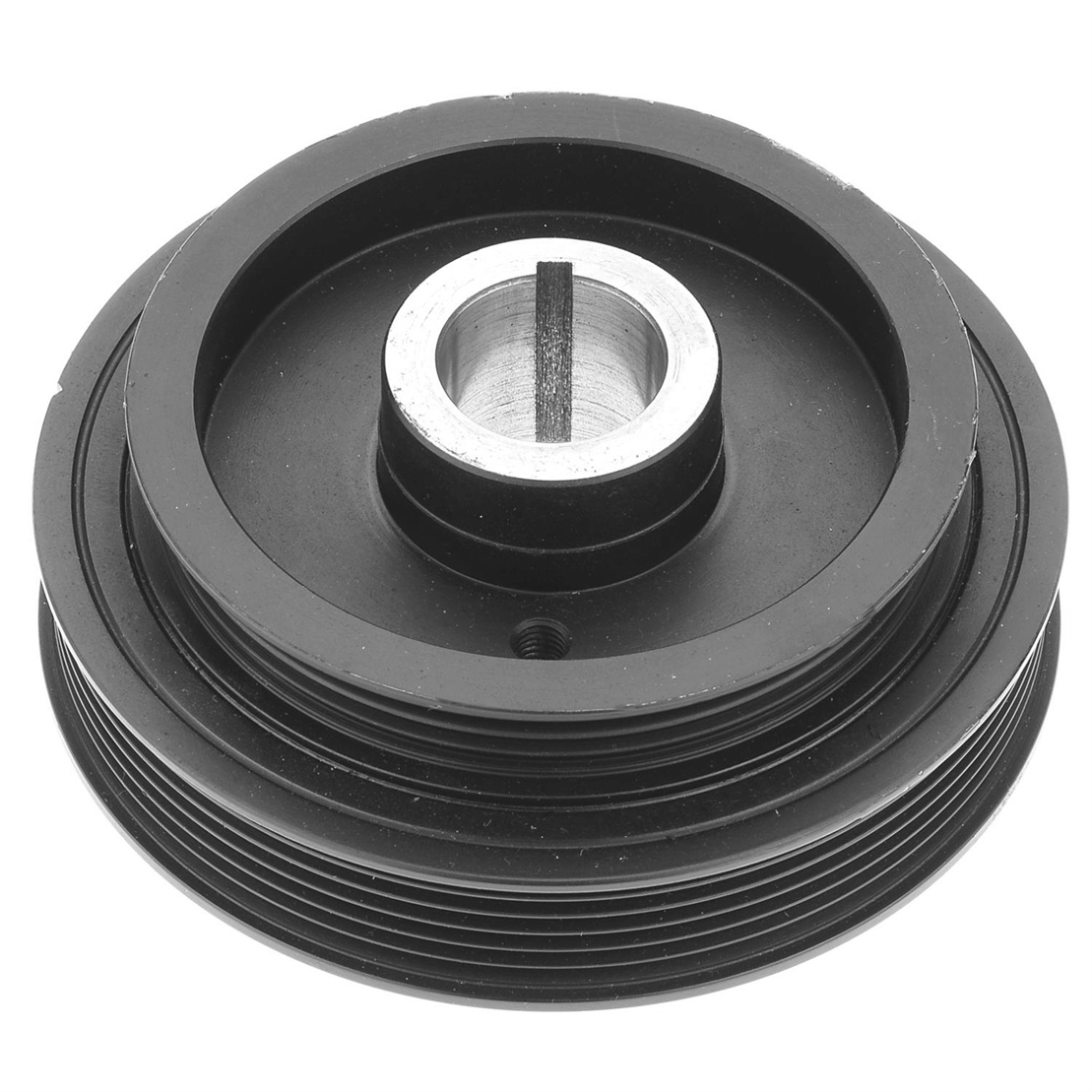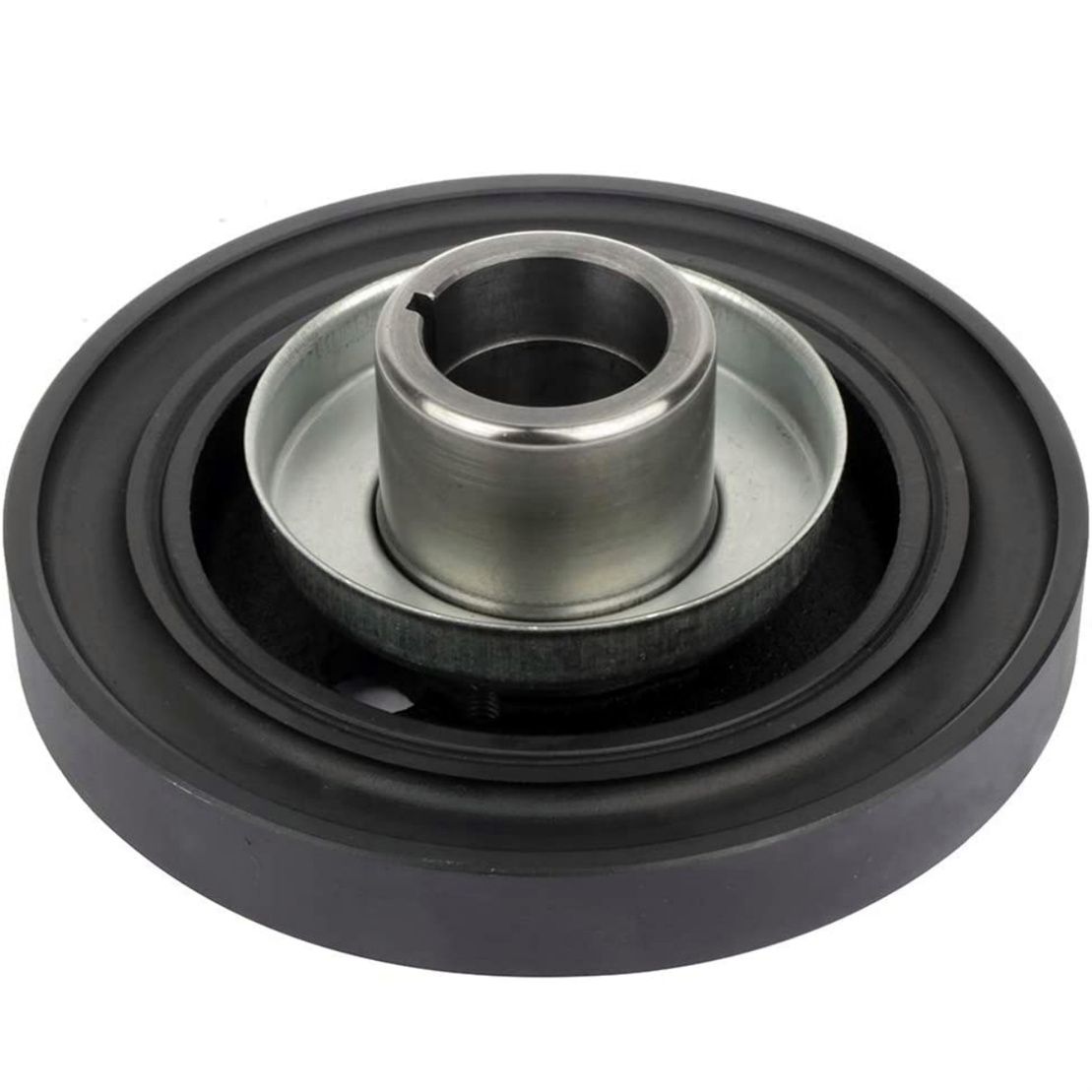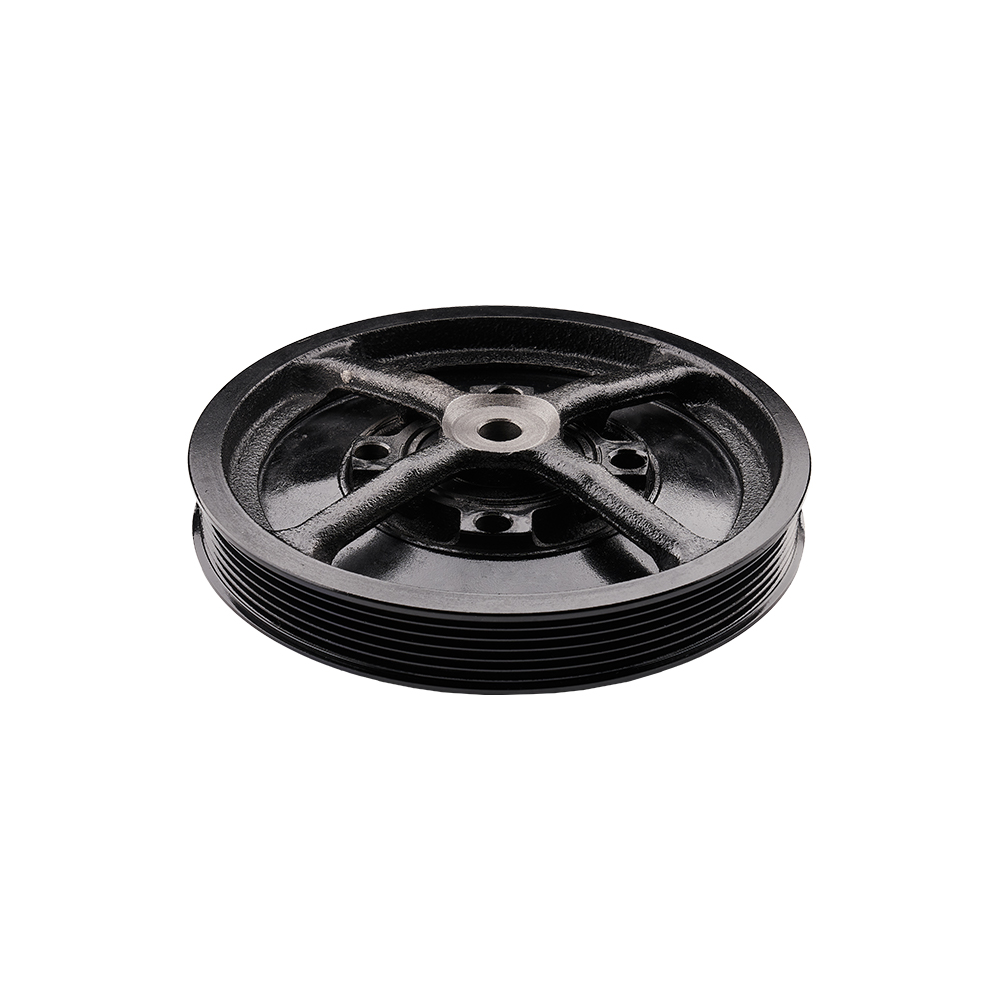
Engine vibrations can disrupt your driving experience and harm your vehicle over time. A harmonic balancer minimizes these vibrations, ensuring smooth operation and protecting your engine. Whether you need a performance harmonic balancer or an automotive harmonic balancer, even for an LS harmonic balancer, this component is vital for engine health and efficiency.
Understanding the Harmonic Balancer

What Is a Harmonic Balancer?
A harmonic balancer is a critical component of your engine. It attaches to the crankshaft and helps reduce vibrations caused by the engine’s operation. This part is often made of two main sections: an inner metal hub and an outer ring, which are connected by a rubber layer. The rubber absorbs and dampens vibrations, ensuring smoother engine performance. Without this device, your engine would experience excessive wear and tear over time.
You might also hear it referred to by other names, such as a crankshaft pulley or vibration damper. Regardless of the name, its purpose remains the same: to protect your engine and improve its efficiency.
Role in the Engine System
The harmonic balancer plays a dual role in your vehicle’s engine system. First, it reduces the vibrations caused by the crankshaft’s rotation. These vibrations occur naturally as the engine generates power. Second, it serves as a pulley for the drive belts, which power essential components like the alternator and air conditioning system. By performing these functions, the harmonic balancer ensures your engine runs smoothly and your vehicle operates efficiently.
Why Engines Rely on Harmonic Balancers
Engines rely on harmonic balancers to maintain balance and stability. Without one, the crankshaft could develop cracks or even break due to constant vibrations. This would lead to costly repairs and potential engine failure. The harmonic balancer also helps extend the life of other engine components by reducing stress on them. By keeping vibrations in check, it ensures your engine operates at its best, giving you a smoother and more reliable driving experience.
How the Harmonic Balancer Works

The Science of Engine Vibrations
Your engine generates power through a series of rapid explosions inside the cylinders. These explosions create rotational force, which drives the crankshaft. However, this process also produces vibrations. These vibrations occur because the crankshaft doesn’t rotate evenly. Instead, it twists and flexes slightly with each power stroke. Over time, these vibrations can build up and cause damage to your engine. Without a solution, the crankshaft could crack or fail entirely. This is where the harmonic balancer steps in to save the day.
Components of a Harmonic Balancer
The harmonic balancer consists of three main parts. First, there’s the inner metal hub, which attaches directly to the crankshaft. Next, you have the outer ring, which often doubles as a pulley for the drive belts. Finally, a layer of rubber or elastomer bonds the two sections together. This rubber layer is the key to absorbing vibrations. Some modern designs may use advanced materials, but the basic structure remains the same. Each component works together to ensure your engine runs smoothly and efficiently.
How It Reduces Vibrations
The harmonic balancer reduces vibrations by counteracting the twisting forces in the crankshaft. As the crankshaft rotates, the balancer’s rubber layer absorbs and dampens the vibrations. This prevents the vibrations from spreading to other parts of the engine. Additionally, the outer ring’s weight helps balance the crankshaft’s motion. By doing this, the harmonic balancer protects your engine from damage and ensures a smoother ride for you. It’s a small component, but its impact on engine performance is huge.
Benefits of a Functional Harmonic Balancer
Smoother Ride Quality
A functional harmonic balancer ensures a smoother driving experience. It absorbs the vibrations created by your engine, preventing them from reaching the rest of your vehicle. Without this component, you would feel constant shaking or rattling while driving. This can make long trips uncomfortable and even distracting. By keeping vibrations under control, the harmonic balancer allows you to enjoy a quiet and stable ride. Whether you’re cruising on the highway or navigating city streets, this small part makes a big difference in your comfort.
Enhanced Engine Longevity
Your engine works hard every time you drive. Over time, vibrations can cause cracks or damage to critical parts like the crankshaft. A harmonic balancer protects these components by reducing stress and wear. This helps your engine last longer and perform better. When your engine runs smoothly, it avoids unnecessary strain. This means fewer repairs and a longer lifespan for your vehicle. Investing in a quality harmonic balancer is one of the best ways to protect your engine and save money in the long run.
Reduced Wear on Engine Components
Vibrations don’t just affect the crankshaft. They can also damage other parts of your engine, such as the timing belt, bearings, and pulleys. A harmonic balancer minimizes these vibrations, reducing wear on these components. This keeps your engine running efficiently and prevents costly breakdowns. By maintaining balance, the harmonic balancer ensures that all parts of your engine work together seamlessly. This not only improves performance but also reduces the risk of unexpected failures.
Common Issues and Maintenance Tips
Signs of a Failing Harmonic Balancer
You can often spot a failing harmonic balancer by paying attention to specific warning signs. One common symptom is unusual engine vibrations. If your vehicle feels rougher than usual while idling or driving, the balancer might not be doing its job. Another red flag is a misaligned or wobbling crankshaft pulley. This happens when the rubber layer inside the balancer deteriorates. You might also hear strange noises, such as squealing or rattling, coming from the engine bay. These sounds often indicate that the balancer’s components are loose or damaged. Ignoring these signs can lead to bigger problems down the road.
Consequences of Failure
A failing harmonic balancer can cause serious damage to your engine. Without it, vibrations from the crankshaft can spread to other parts of the engine. Over time, this can lead to cracked or broken components, including the crankshaft itself. The drive belts may also slip or break, causing essential systems like the alternator or air conditioning to stop working. In severe cases, engine failure can occur, leaving you stranded and facing costly repairs. Addressing issues early can save you from these headaches.
Maintenance and Replacement Guidelines
Regular maintenance helps keep your harmonic balancer in good condition. Inspect it periodically for signs of wear, such as cracks in the rubber or a loose outer ring. If you notice any issues, replace the balancer immediately. Always choose a high-quality replacement that matches your engine’s specifications. For example, the GM Harmonic Balancer GM 3.8L, 231 is an excellent choice for compatible GM vehicles. When installing a new balancer, follow the manufacturer’s guidelines or consult a professional mechanic. Proper installation ensures the balancer works effectively and extends your engine’s lifespan.
A harmonic balancer is essential for your engine’s health and performance. It reduces vibrations, improves ride quality, and protects critical components from damage. Regular inspections help you catch issues early and avoid costly repairs. By maintaining this vital part, you ensure a smoother ride and extend your engine’s lifespan.
Post time: Feb-08-2025



